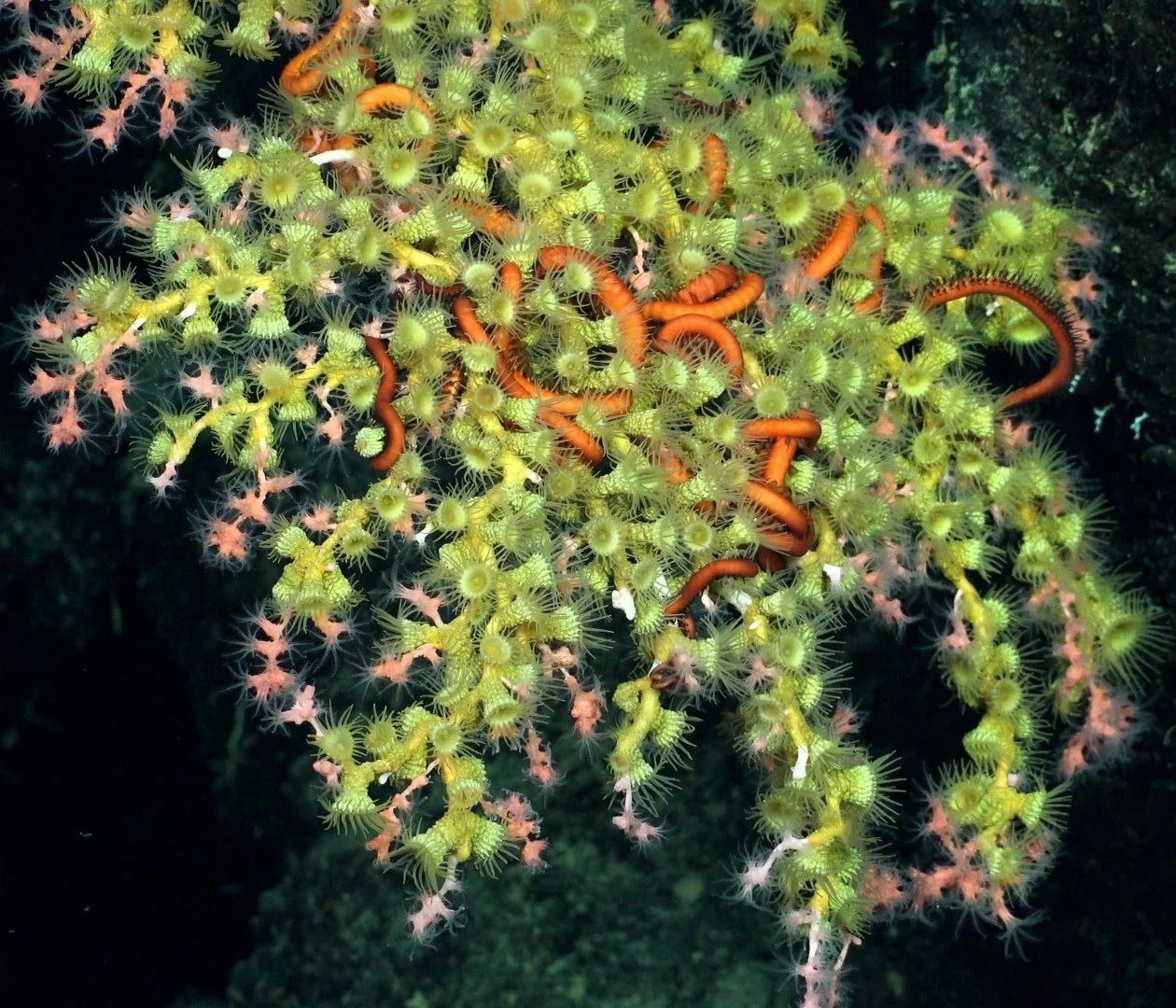 |
| Two coral reefs are located in the deep waters of the Galapagos Islands. Pictured: The remotely operated vehicle ROV SuBastian captured images of a snake-tail starfish wrapped around a coral growing on a vertical rock wall in the deep waters west of Fernandina Island. (Source: Schmidt Ocean Institute/AFP) |
Scientists recently explored the underwater cliff ecosystem in the Galapagos Islands Marine Reserve using the ROV SuBastian. The 30-day expedition, which began on September 18, was led by Dr. Katleen Robert of the Institute of Fisheries and Marine at Memorial University of Newfoundland and Labrador.
The expedition team included 24 scientists representing 13 organizations and universities including the Galapagos National Park Directorate (GNPD), the Charles Darwin Foundation (CDF), the Ecuadorian Naval Antarctic and Oceanographic Institute (INOCAR), the National Geographic Society, the Monterey Bay Aquarium Research Institute (MBARI), the University of Bristol, the Woods Hole Oceanographic Institution (WHOI), the University of Costa Rica, the UK National Oceanography Centre, the Mar Science Institute in Barcelona, Spain, and the University of East Anglia, UK.
Scientists have discovered two pristine coral reefs in the waters surrounding the Galapagos Islands. These newly identified cold-water reefs are located at depths of between 370 and 420 meters. The discovery “revamps” our understanding of deep coral reefs in the Galapagos Islands Marine Reserve.
One of the goals of the expedition is to use laser scanning technology to create ultra-high resolution maps of these reefs. The laser scanners create maps with a resolution of 2mm, which can identify animals living on the sea floor.
Of the two newly discovered reefs, the larger one is more than 800m long, equivalent to eight football fields. The second, smaller reef, is 250m long. The two areas exhibit a rich diversity of stony coral life. Signs suggest that the area may have been formed and supported marine biodiversity for thousands of years.
In addition to exploring the reefs, scientists also discovered two previously unexplored seamounts and mapped them at high resolution. The existence of the seamounts was discovered using satellite data and has now been confirmed.
The discovery follows the first deep coral reef study in the Galapagos Marine Reserve by scientists from the Woods Hole Oceanographic Institution, which was discovered during exploration in the HOV Alvin submersible in April 2023.
In addition to investigating coral biodiversity in the Galapagos, scientists also explored areas within the Isla del Coco National Marine Park, a reserve managed by Costa Rica.
The team explored seamounts southwest of Isla del Coco and traced the connections between the coral reefs on the Galapagos and Costa Rican seamounts. During an ROV dive, the researchers observed several deep-sea corals laden with eggs. The study contributes data to inform management of the Eastern Tropical Pacific Marine Corridor, a network of interconnected marine reserves managed by the governments of Ecuador, Costa Rica, Panama, and Colombia.
Four decades ago, an El Niño event that caused sea temperatures to rise caused a near-total coral kill around the Galapagos Islands. Most of the reefs never recovered.
With coral reefs around the world facing the risk of being "destroyed" due to climate change, the discovery of thriving coral reefs in deep waters within the Galapagos Islands Marine Reserve is considered a positive sign in the conservation of the marine environment.
Some images of the expedition were published by the Schmidt Ocean Institute:
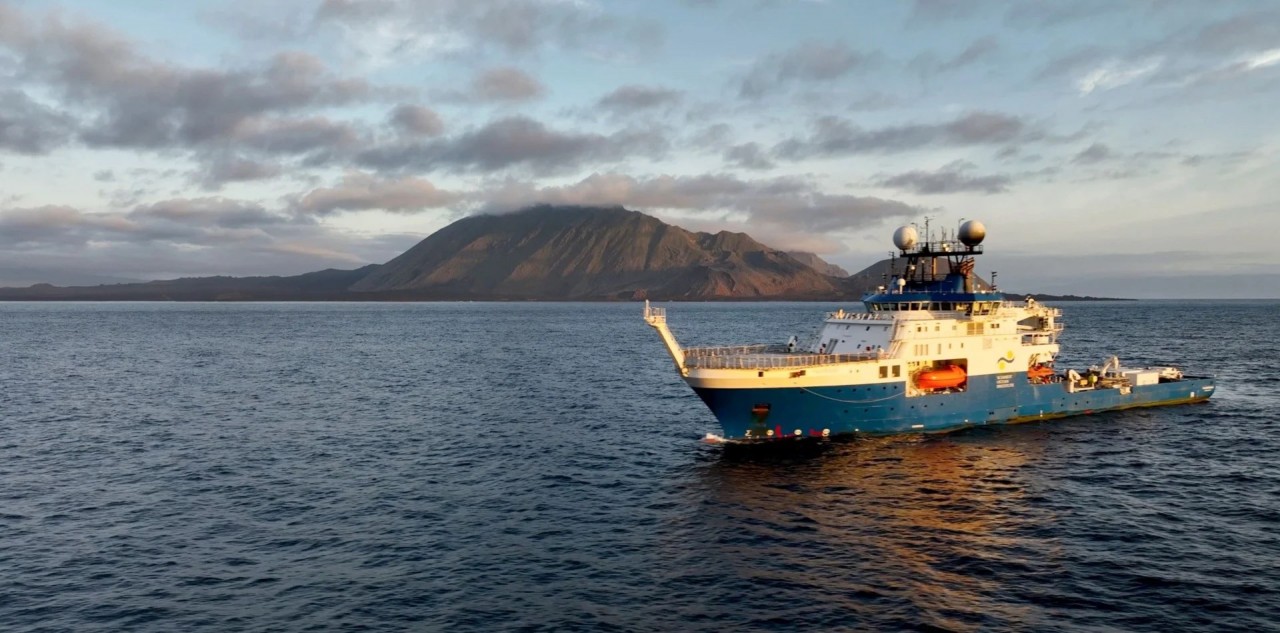 |
| The research team traveled on the research vessel Falkor in the Galapagos Islands, an area of volcanic islands located on both sides of the equator in the Pacific Ocean. Galapagos is both the name of the archipelago and Ecuador's first national park, established in 1959 and started operating in 1968. The archipelago consists of 13 main islands, 6 islets and 107 rock formations located in the western part of Ecuador, in the Pacific Ocean. (Source: Schmidt Ocean Institute/AFP) |
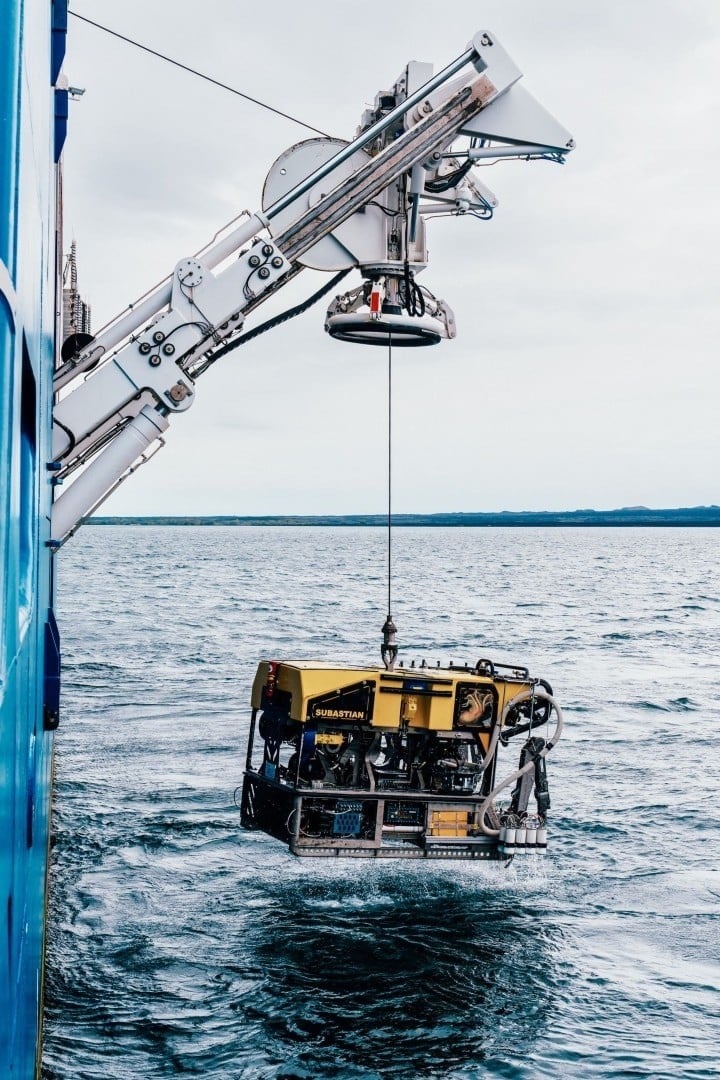 |
| The remote-controlled exploration robot SuBastian is pulled up after its “exploration” on the ocean floor. (Source: Schmidt Ocean Institute/AFP) |
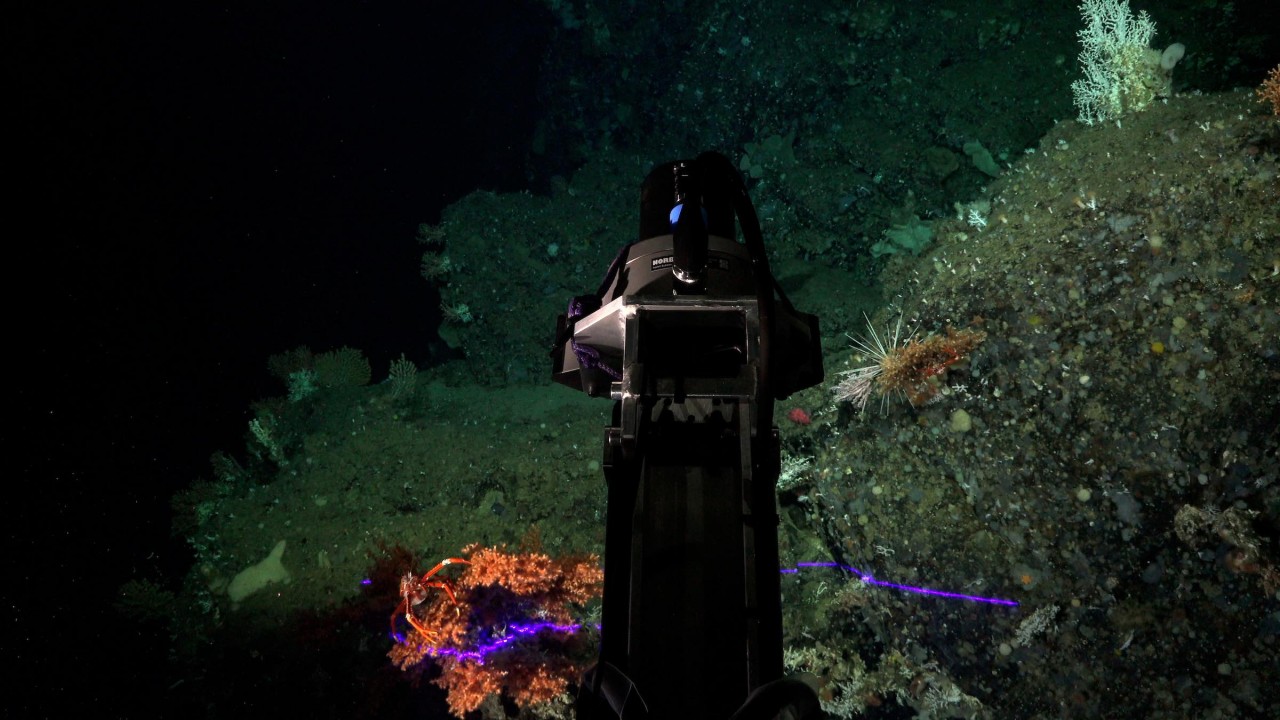 |
| As part of the study, the remotely operated exploration robot SuBastian, equipped with two mapping sensors, including the Laser Micro Insight scanner, dived to Cacho De Coral, a newly discovered pristine coral reef. (Source: Schmidt Ocean Institute/AFP) |
 |
| Scientists operate the SuBastian during its 600th dive near Isla del Coco, off the coast of Costa Rica. (Source: Schmidt Ocean Institute/AFP) |
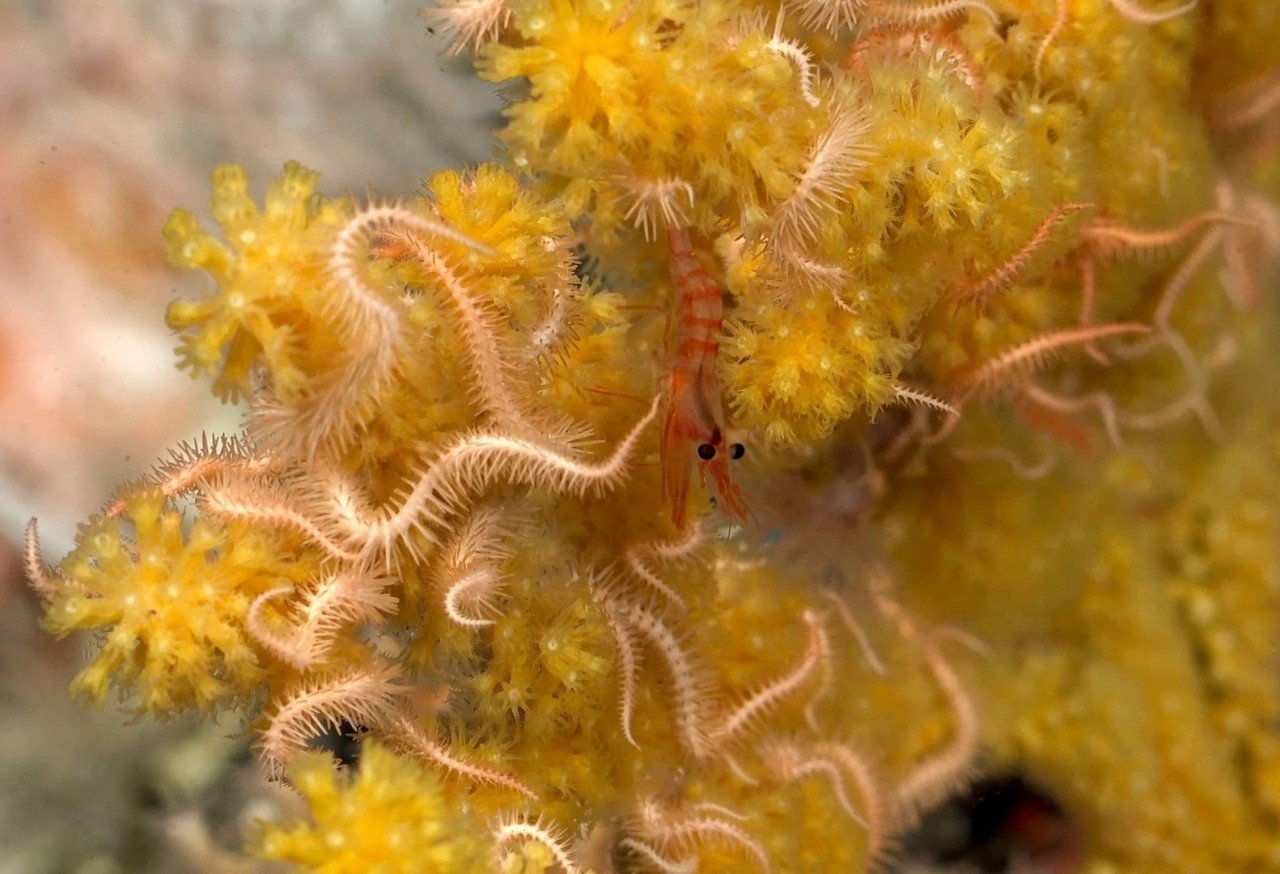 |
| The creatures live in a newly discovered coral reef west of Fernandina Island, the youngest and third largest island in the Galapagos archipelago. (Source: Schmidt Ocean Institute/AFP) |
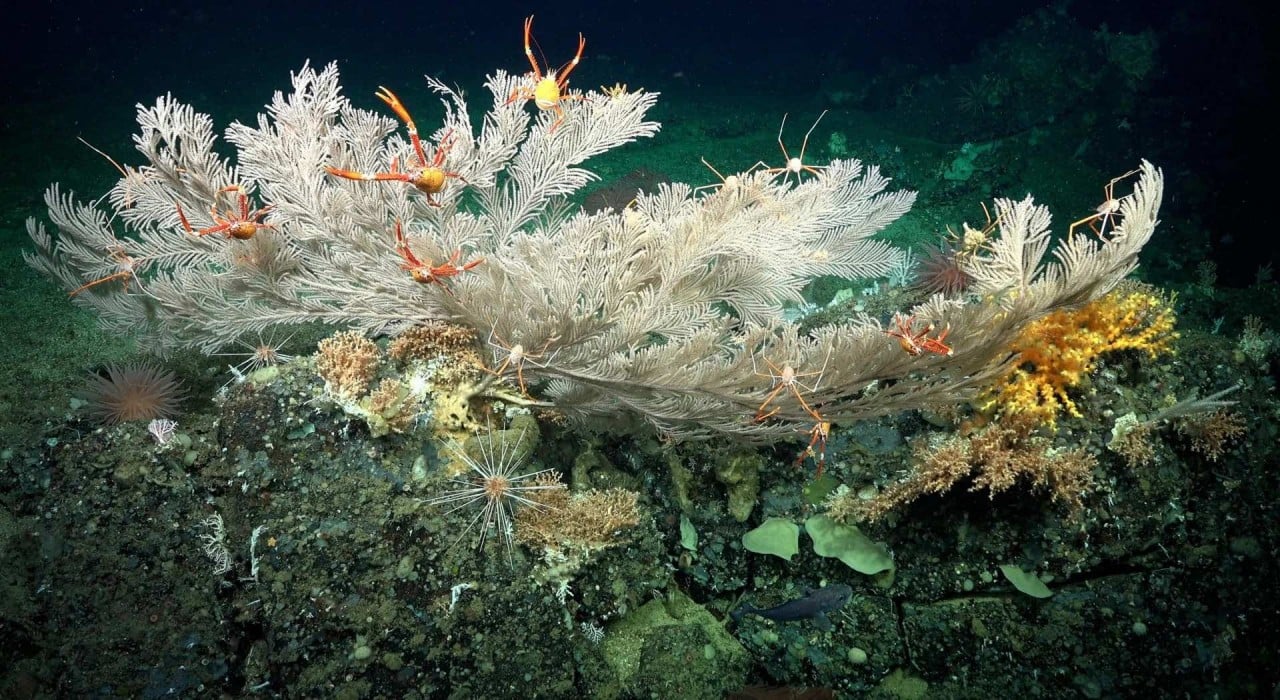 |
| The biodiversity includes corals, crustaceans, sea anemones… in Cacho de Coral, a pristine coral reef recently discovered in the Galapagos. Scientists have found two unexplored coral reefs and two seamounts in this area. (Source: AFP) |
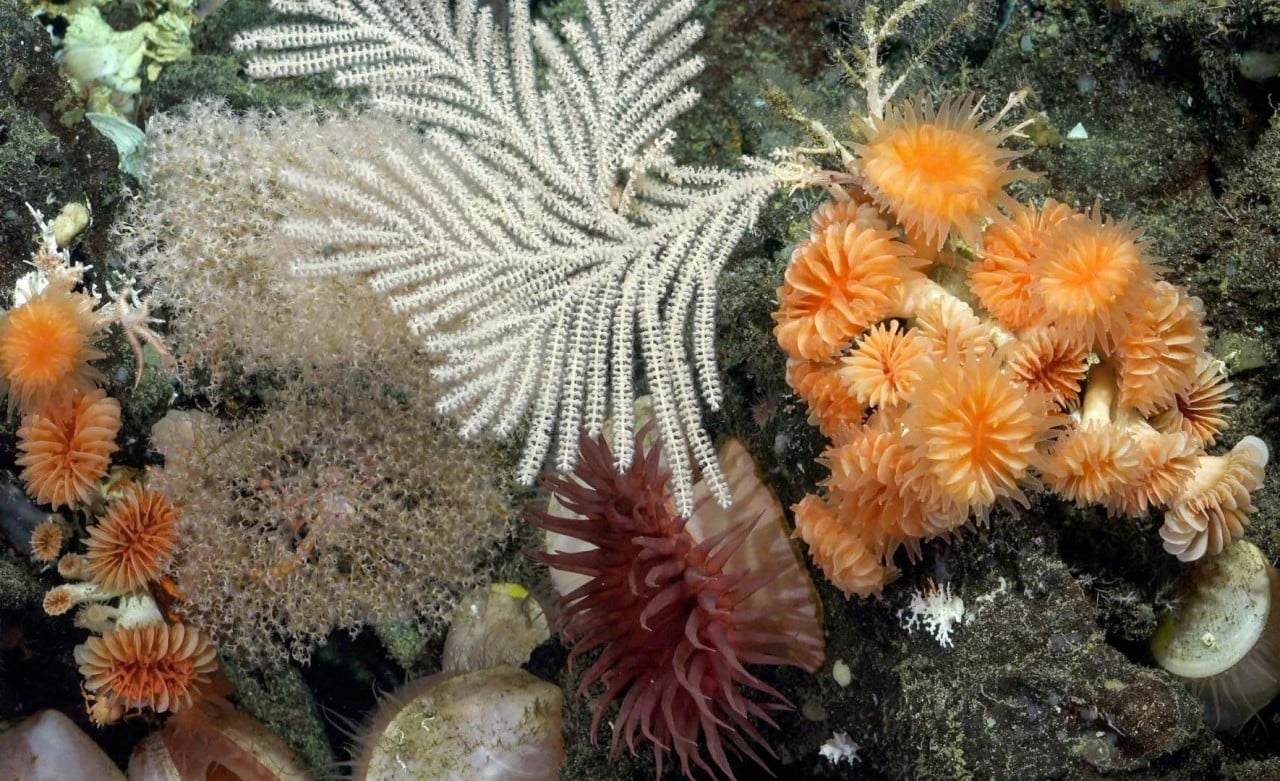 |
| A brilliant image of a location in the north of Isabela Island, the largest island in the Galapagos archipelago with an area of 4,640 square kilometers. (Source: Schmidt Ocean Institute/AFP) |
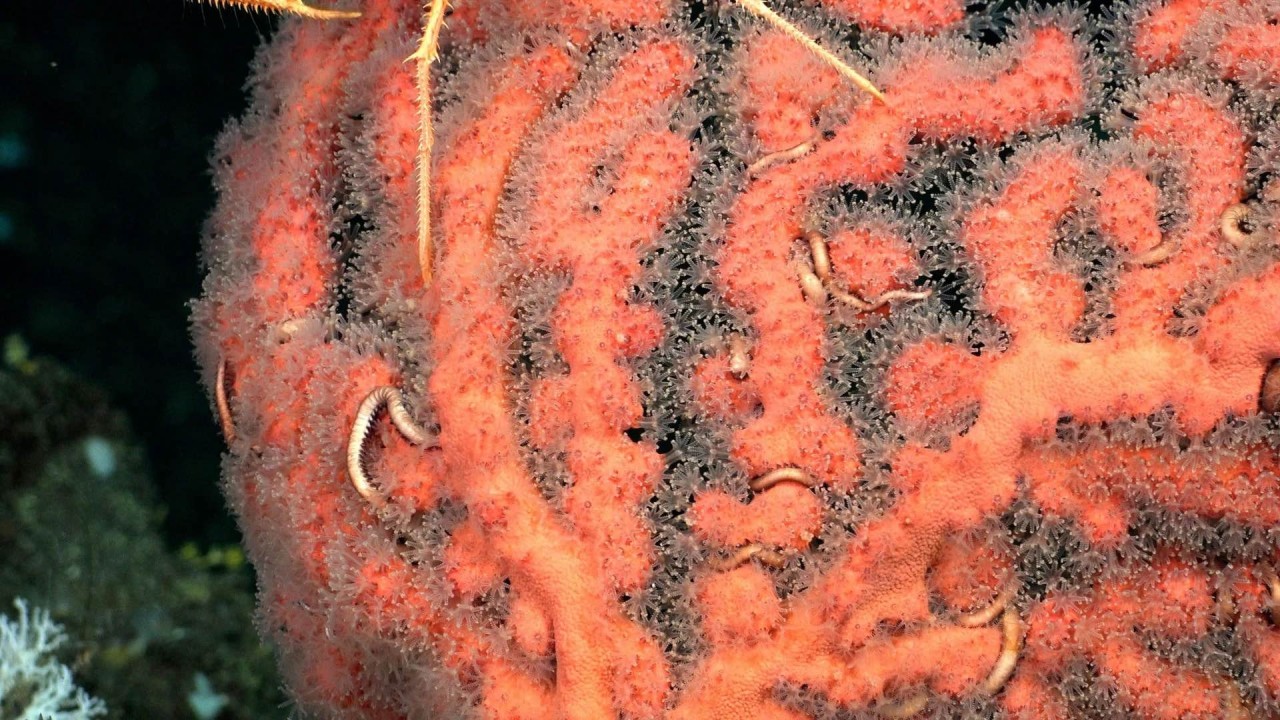 |
| Retractable white polyps protrude from branches of the rare corallum on the seabed north of Isabela Island, named after Queen Isabella of Spain. (Source: Schmidt Ocean Institute/AFP) |
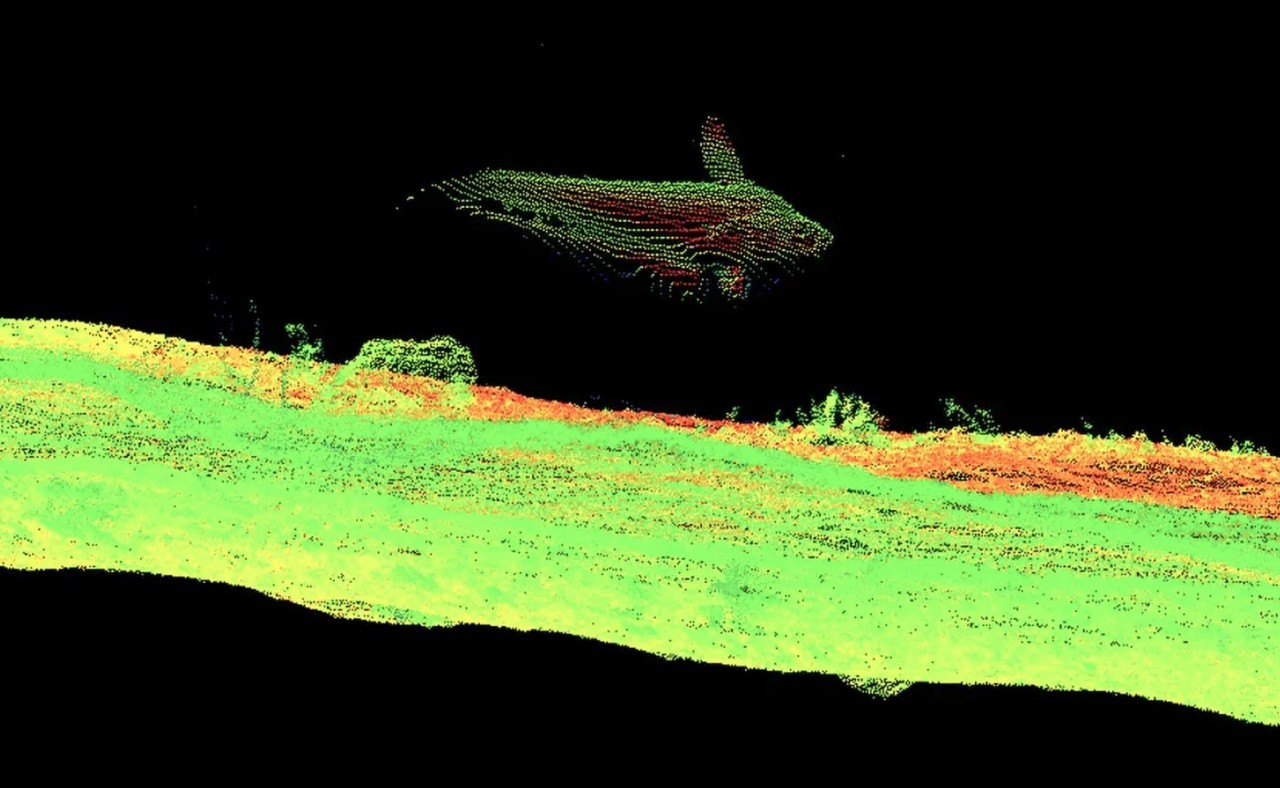 |
| A laser scans a coral reef and an unidentified sea creature on the ocean floor. (Source: Schmidt Ocean Institute/AFP) |
Source












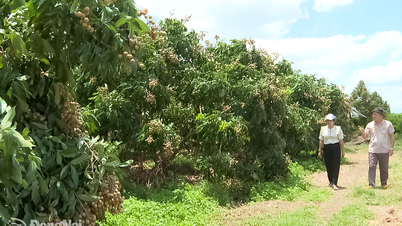

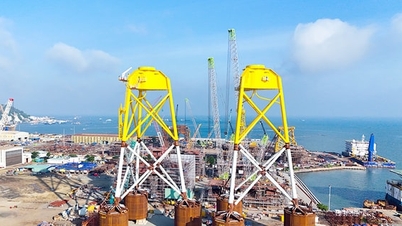



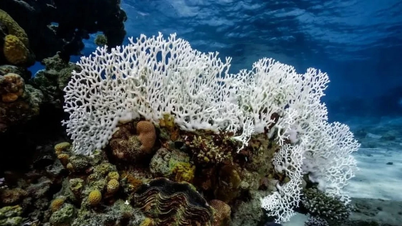
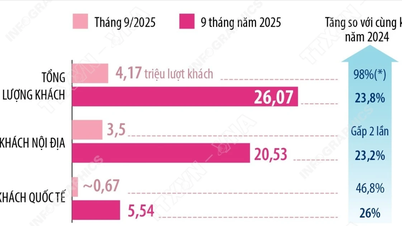

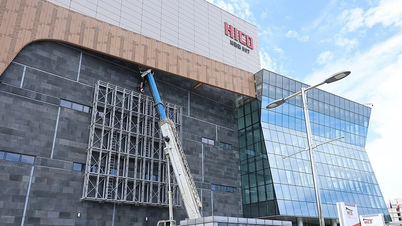
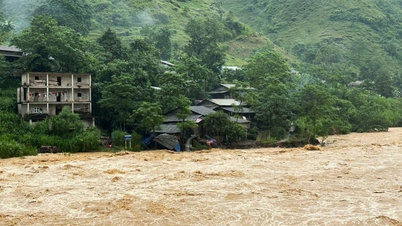











































































Comment (0)